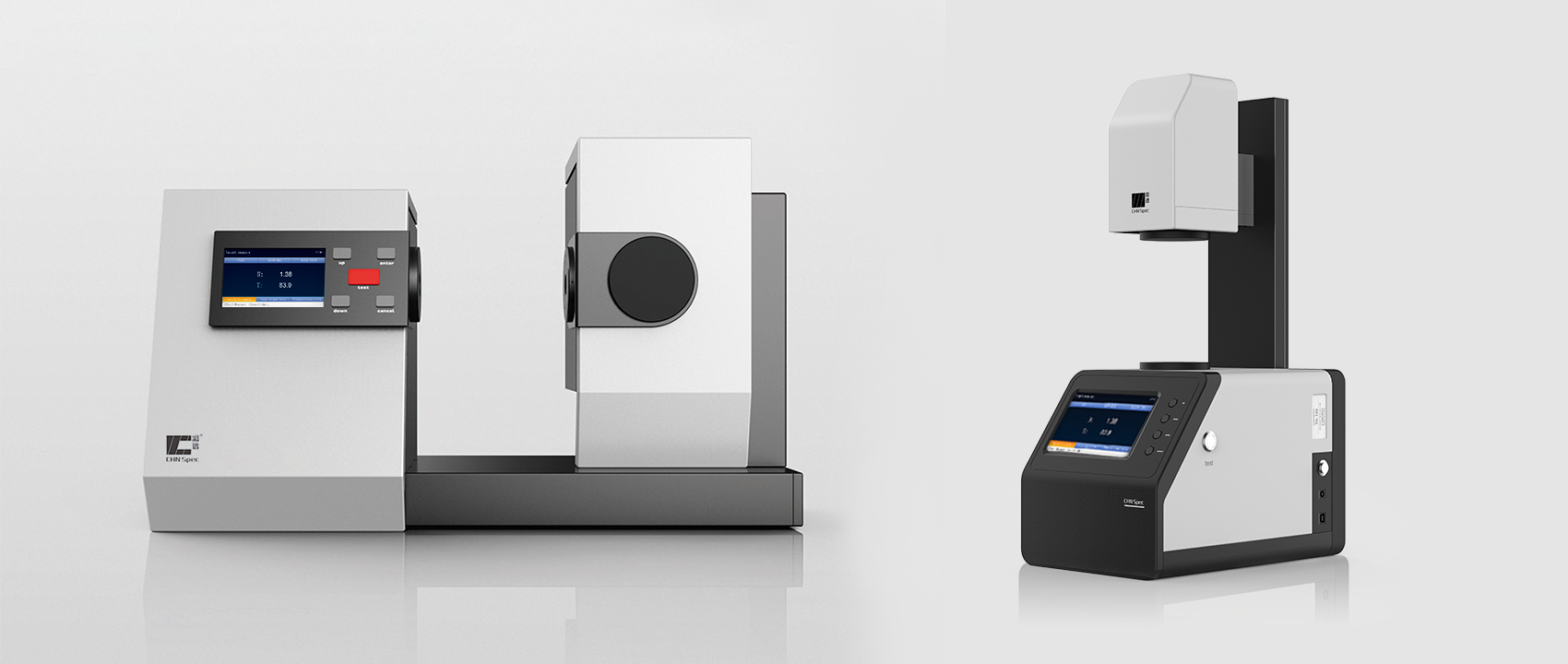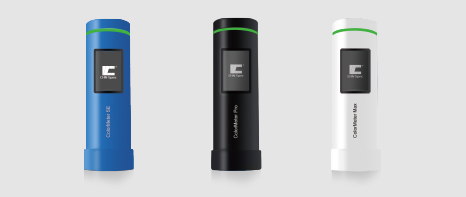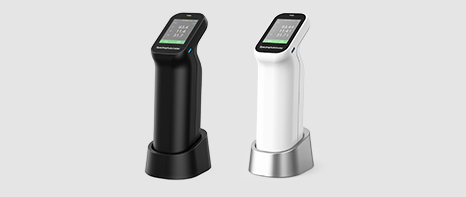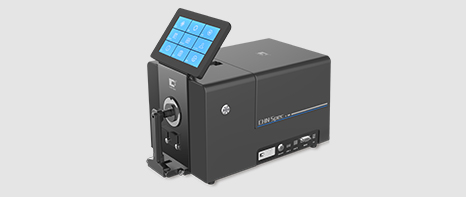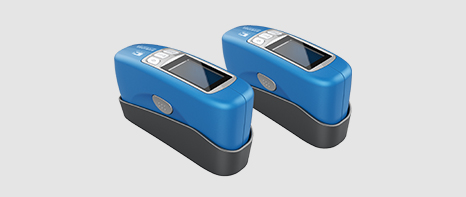- color education
-
color knowledge
-
current position:亚博电竞网站-yb体育官方 >
-
what is colorimetry?
-
according to readings on color, colorimetry is defined as “the science of measuring color and color appearance.
colorimetry is the analysis of chemical samples to collect information about their concentration. it involves passing light through a sample and measuring how much is absorbed by the solution, using equipment like a spectrophotometer to measure as precisely as possible. the technique may be one of several tests performed on a sample to determine its composition, check for quality and clarity, or demonstrate scientific principles in a classroom.

this term can also be used to describe the science of human color perception. in this form of colorimetry, researchers examine how people perceive color and distinguish between colors. this is important for activities ranging from designing monitors with appropriate resolution to learning about how colorblind people perceive the world around them. a variety of equipment can be used to measure color intensity and distribution to determine how people may interact with an environment or work of art like a painting or photograph.
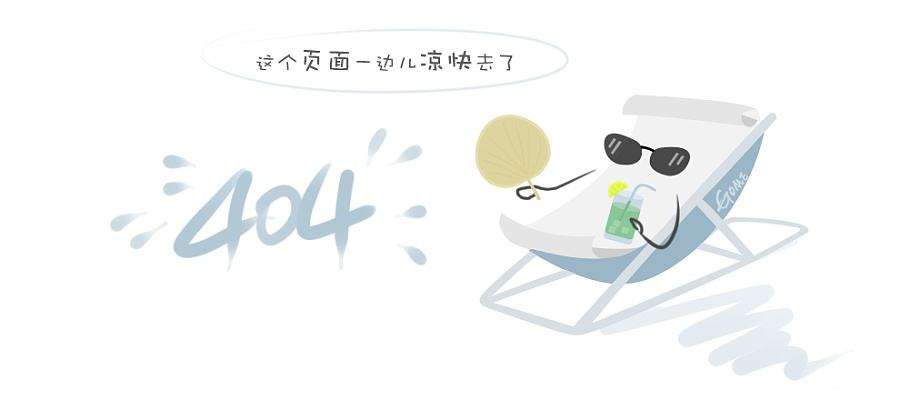
colorimetry applications
the science of colorimetry is used to quantify the response of the human visual system and match human color perception for applications in a variety of industries.
display manufacturing: quality control for industrial production lines and incoming inspection of display glass. display calibration for led, lcd, plasma, projection, dlp, crt and lcos displays.
broadcasting: measuring and calibrating video walls for color accuracy, uniformity of brightness and white balance.
graphic design and computer animation: professionals who rely on color accuracy and precision color measurement benefit from understanding colorimetry.
